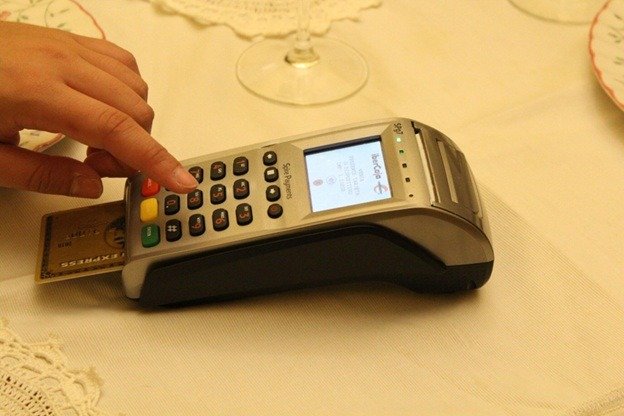Tech
4 Steps to Safeguard Business Transactions with EMV Technology

Business payments need strong security. Fraud can happen fast if systems are weak. EMV technology makes card use safer. It uses chips instead of magnetic stripes.
Each transaction has its own code. This makes copying harder for criminals. Businesses should protect customers with this system.
Follow these 4 steps to keep transactions safe with EMV technology. Security brings trust. Trust brings repeat customers. Every business needs this.
1. Upgrade Payment Terminals to Support EMV
The first step is upgrading terminals. Old machines with stripes are not safe. EMV terminals use chips that change codes each time. This makes card cloning almost impossible. All devices in stores should be updated. Mobile systems should also be included.
Customers feel safer when they see chip readers. This step builds trust right away. Upgrading also avoids legal issues. It shows care for customer data. It prepares the business for future needs. Newer terminals also work faster.
Better speed means smoother service. Stronger systems also last longer. Reliable machines save costs over time.
2. Train Staff on EMV Procedures
Employees must know how EMV works. They should guide customers through the process. Training helps reduce mistakes. It also helps staff spot fraud attempts. Regular lessons keep them updated. A trained team makes the system work better. Customers feel secure when staff know what to do.
Education is as important as the machines. Staff should practice often. Clear rules should be written down. Good training lowers stress for everyone. Training should be easy to understand. Short sessions keep staff focused. Ongoing practice keeps skills sharp. Confident staff provide better service.
3. Implement Strong Verification Practices
Verification is a key step. EMV often uses PINs or signatures. This blocks stolen cards from easy use. Businesses should promote chip and pin payment processing for safety. Staff should check cards during high-value payments. Customers also need clear reminders to verify.
Extra checks lower fraud risk. This step makes every transaction more secure. Clear policies make checks consistent. Strong habits build stronger protection. Every layer adds another barrier to fraud. Customers gain peace of mind. Businesses gain fewer disputes. Staff also feel more protected. Fraud cases become less frequent.
4. Monitor and Update Systems Regularly
Even with EMV, updates are vital. Criminals change their tactics often. Payment systems must stay ahead. Businesses should check software often. Updates fix weak spots. Monitoring unusual activity also helps. Quick action can stop losses. This step keeps the business safe and trusted.
Routine checks prevent big issues. Reports should be reviewed daily. Careful updates keep customers loyal. Strong monitoring lowers risks. Updated systems also run more smoothly. Regular audits help spot weak areas. Staying alert avoids bigger damage.
Safeguard Business Transactions with EMV Technology
Business security needs constant care. EMV technology gives stronger protection. Upgrading, training, verifying, and updating are the steps. Each step lowers risks of fraud. Customers feel safer with secure payments. Safe systems also protect business income.
Following these steps keeps payments secure. Strong security also improves reputation. A good reputation keeps customers coming back. Long-term success depends on safety. Security also supports growth. A safe business is a stronger business.
For more topics, you may visit our blog. We do have more!
-

 Quotes3 years ago
Quotes3 years ago53 Motivational Gym Quotes to Fuel Your Workout
-

 Quotes10 years ago
Quotes10 years ago50 Most Powerful Quotes Ever Spoken
-

 Motivation5 years ago
Motivation5 years ago4 Fun New Hobbies To Try This Year
-

 Quotes1 year ago
Quotes1 year ago100 Motivational Quotes to Inspire You in 2025
-

 Quotes2 years ago
Quotes2 years ago43 Inspirational Quotes About Thoughts
-

 Quotes3 years ago
Quotes3 years ago105 Motivational Quotes by Famous People
-

 Education12 months ago
Education12 months agoHow to Motivate Yourself to Study: 6 Proven Techniques
-

 Quotes1 year ago
Quotes1 year ago77 Morning Motivational Quotes to Kickstart Your Day






























